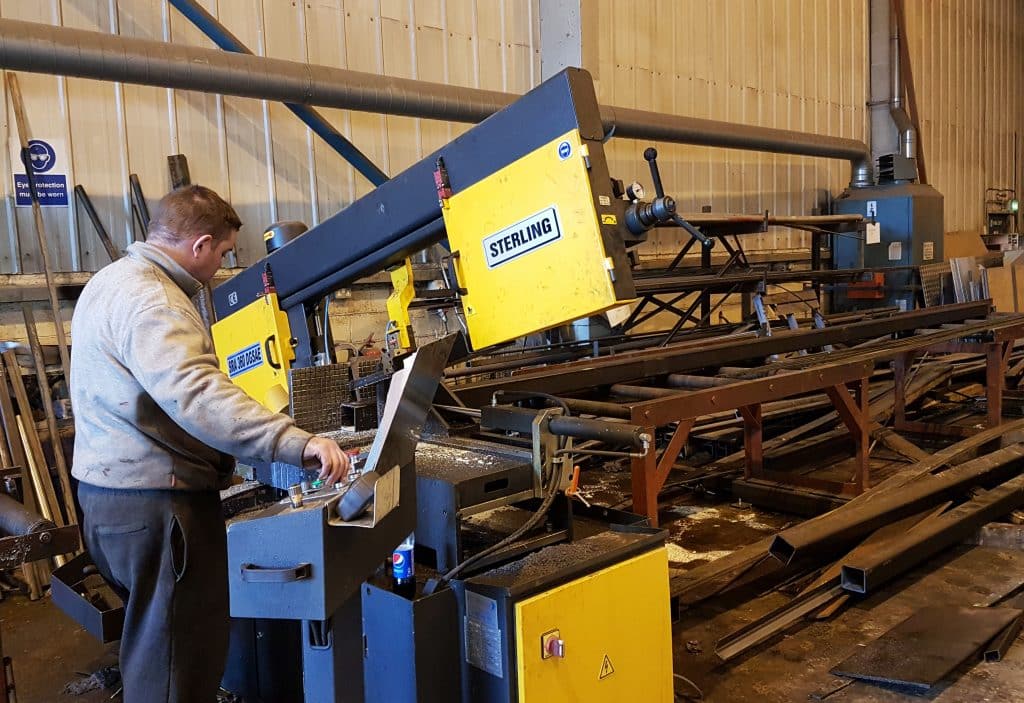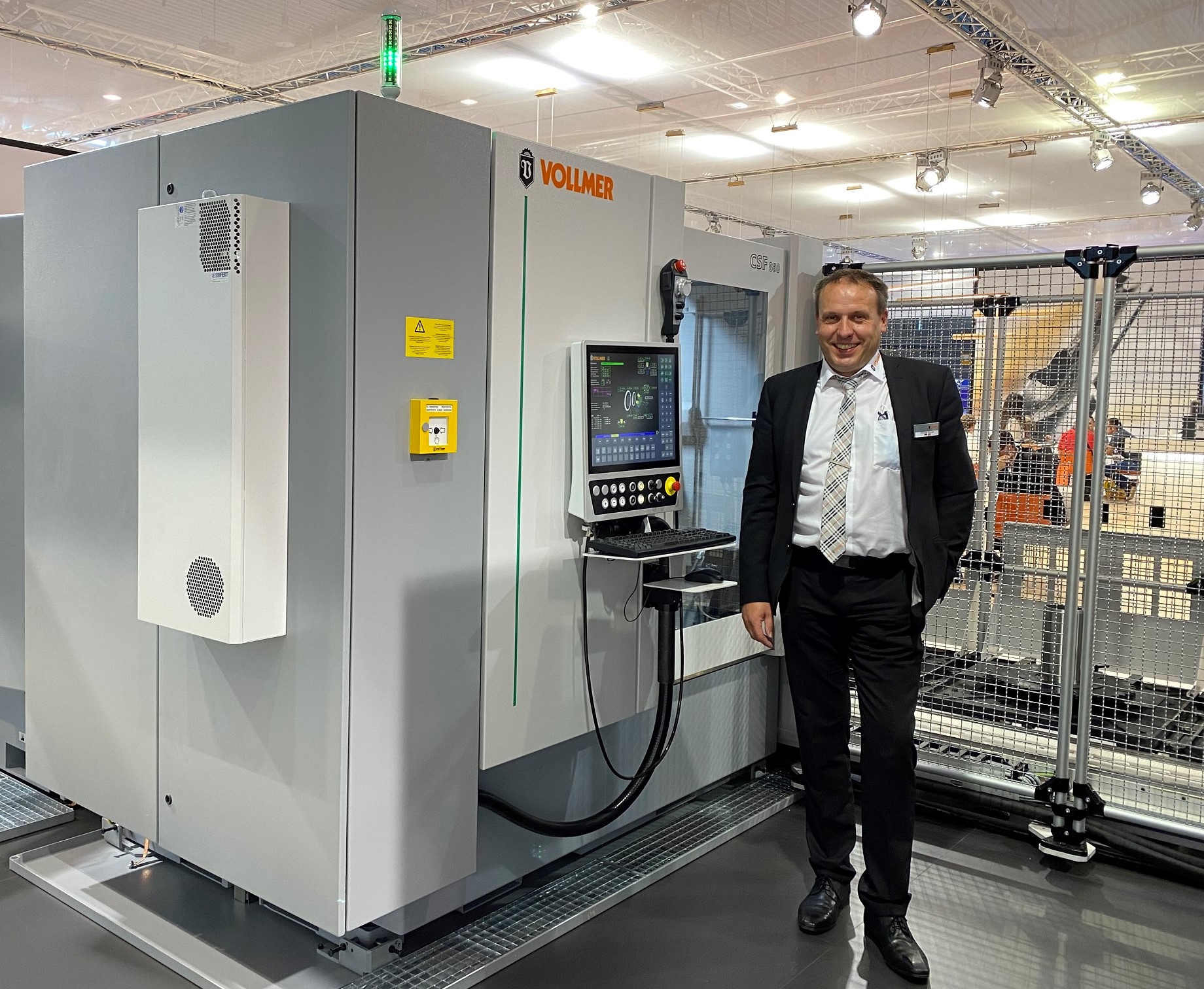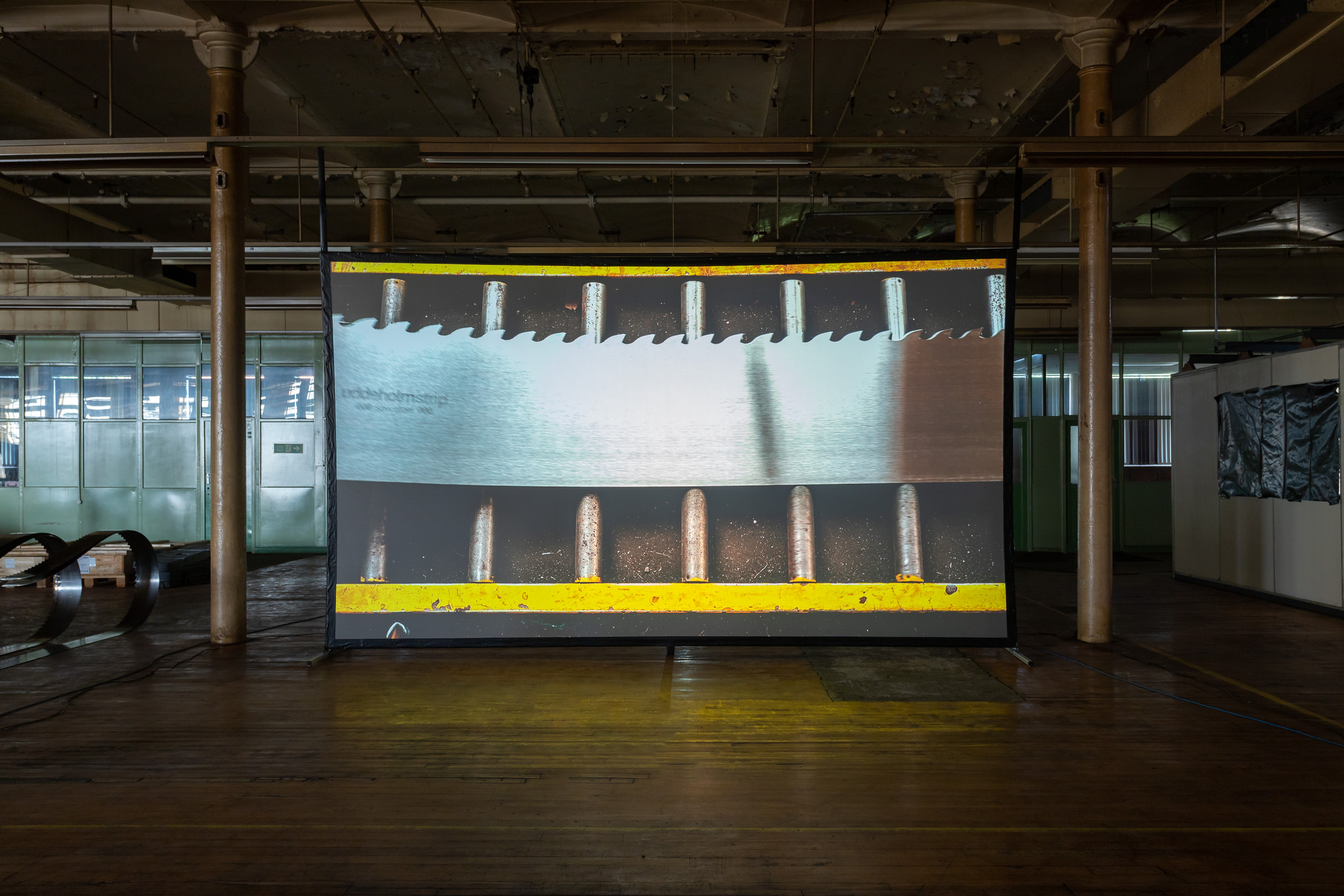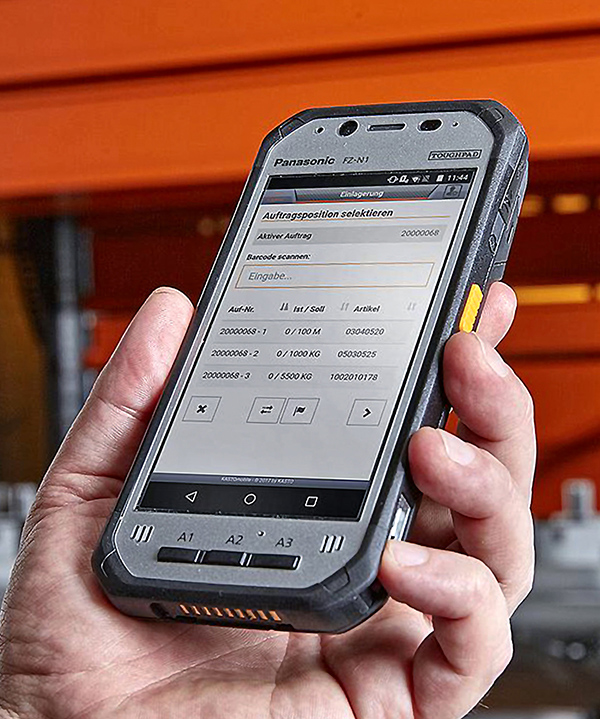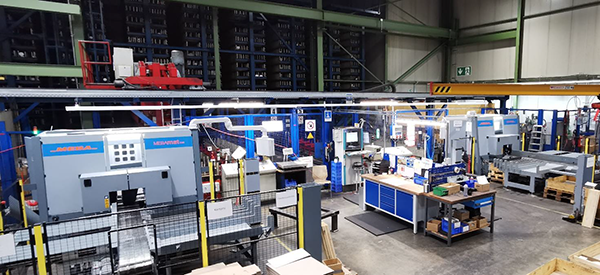One of the questions that Selmach Machinery often hears is: “what machines do I need for a fabrication workshop?” Clearly, the machinery needs of customers can vary greatly, so it is difficult to choose a one-size-fits-all set-up. However, Selmach has put together a guide of the key pieces of equipment worthy of consideration. These include welding machines, pillar drills, steelworkers, roller tracks and bandsaws.
According to Selmach, a bandsaw can achieve a lot of cutting requirements. The company can offer bandsaws in a large variety of specifications, with choices varying depending on the level of automation and maximum cutting capacity required.
For those starting out on a budget, Selmach offer its Sterling Swift range of bandsaws. The Sterling 210 is the most economical saw in the company’s entire range, but still delivers industrial-grade cutting. With 190 x 150 mm for the widest cut, Selmach says it is suitable as a first saw. Featuring a gravity-downfeed, users can set the saw to cut and carry on with other tasks.
Alternatively, for a bit more future-proofing, the company recommends its Bianco ranges. The Bianco 280 MS and 420MS are heavy-duty Italian-made bandsaws. The series features many more options, including larger capacities and increased automation.
For companies doing something more specialist, such as setting up in the structural steel market, Selmach’s Sterling DGSA range may prove better. These heavy-duty, pivot-action, saws are suitable for cutting large steel beams, with features such as hydraulic vices and double mitring.
For further information www.selmach.com







